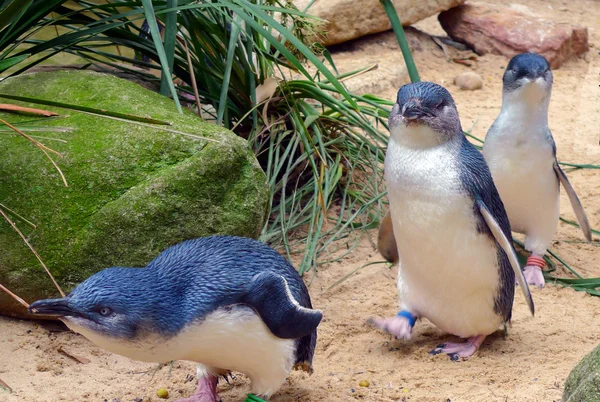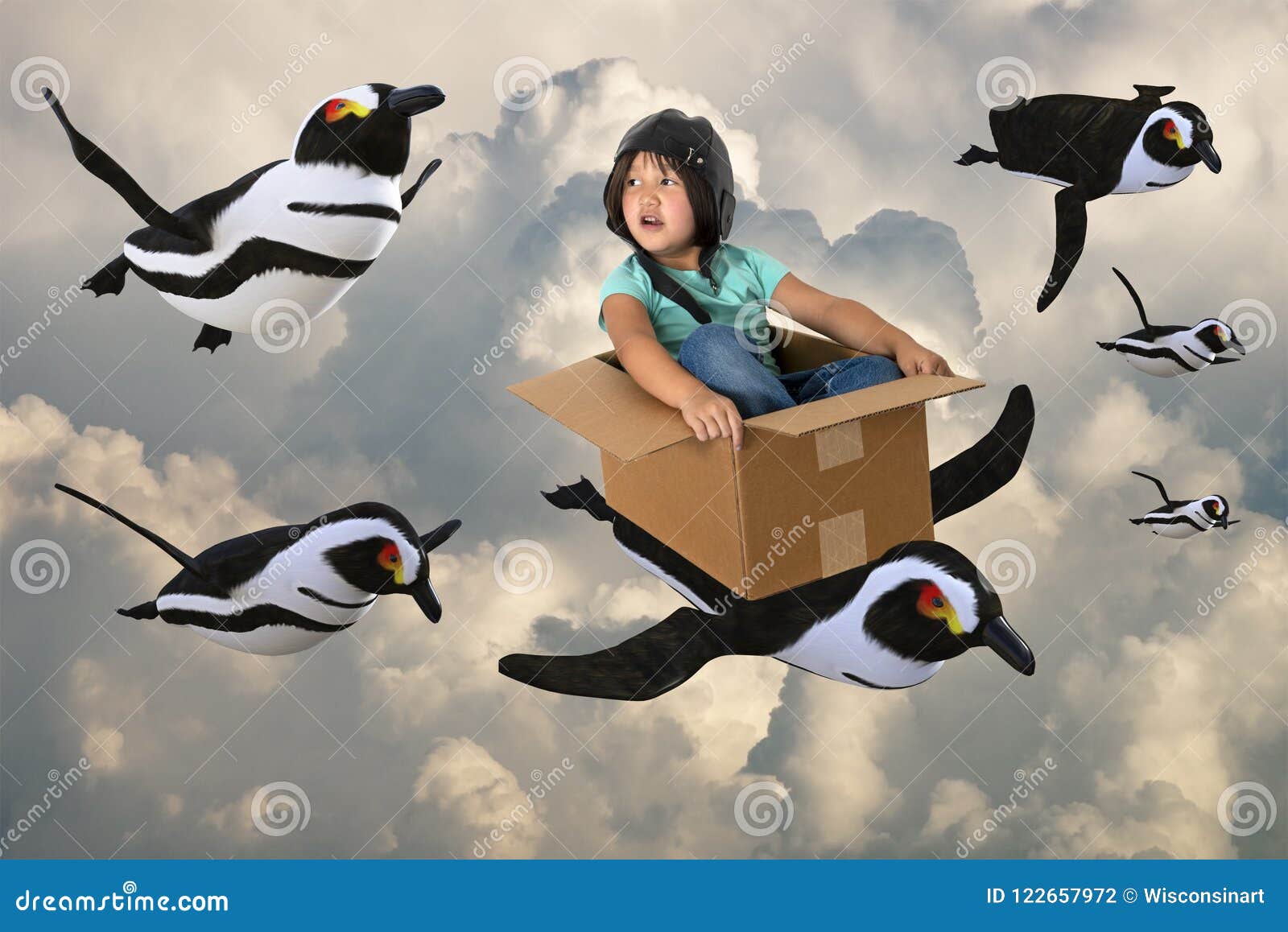
The supraorbital glands, or salt glands, lie on either side of the beak in a v-shaped groove above the eye and are surrounded by a network of blood vessels and nerves. To get rid of the unwanted salt, penguins evolved a special gland that filters seawater. When a penguin feeds it often consumes significant amounts of seawater. Marine creatures that live in the sea but rely on freshwater to survive often develop special adaptations that filter out excess salt. When seen from below a white belly better blends in with light-filled surface waters while from above a black back looks similar to the dark hues of the deep ocean. Called countershading, the black and white coloration helps camouflage the birds from potential predators. The adorable tuxedo serves a purpose in the water as well. The penguin scapula has evolved to be much broader, similar in shape to a tapered tennis racket. Most birds require only small and thin scapulas to support the wings but penguins require larger scaffolding for their swimming muscles. One muscle, the scapulohumeralis caudalis, attaches to the scapula (or shoulder blade) and supplies the power to lift the wing. In response to the high density of water compared to air, penguins have also developed an array of strong chest and back muscles. Unlike flying birds, which rely on the propulsion of the downstroke for flight, penguins gain momentum underwater from both the downstroke and the upstroke. They also have two sets of strong flipper muscles, much like human biceps and triceps, which generate power while swimming. Shorter wingspans, along with flattened, fused and dense bones devoid of air pockets, distinguish penguins from flying birds. The wings of a penguin, once used for flight by their distant ancestors, are powerful swimming propellers. A 2018 study measured an emperor penguin diving for over 32 minutes-the longest recorded avian dive to date. The smaller species of penguin tend to feed at the surface of the water, but larger penguins like the king penguin frequently dive to 300 feet (91 m), and emperor penguins can reach depths around 1,700 feet (518 m). On average, penguins dive to depths between 30 and 60 feet (9 and 18 m).

It may also serve as a defense mechanism against predators-it makes it difficult to grab a swimming penguin when they are continually disappearing above the surface. The primary function of porpoising is its efficiency in moving quickly through the water while allowing for breathing at the surface without slowing down.
Flying penguin screensaver story series#
Porpoising is a shallow skimming across the water through a series of consecutive leaps, named for its similarity to how porpoises swim. A traveling penguin keeps the surface within 3 to 6.5 feet (1-2 meters) often employing a swimming technique called porpoising. Most midsize penguins swim around 5 mph (8 km/hr) and the smallest penguin, the little penguin, meanders at a slow 1 mph (1.5 km/hr). The fastest, the emperor penguin, can reach 9 mph (14 km/hr) when in a hurry but prefers a steady 7 mph. Their legs and feet, located far back on the body, contribute to the waddle on land, but underwater they act as streamlined rudders that minimize drag.Īt the water’s surface a penguin can at best paddle like a duck, but below the waves penguins cruise at speeds faster than Olympic swimmers. Adaptive wizards of the sea, their torpedo shaped bodies combined with powerful flippers enable penguins to swim to considerable depths and over great distances. A penguin’s awkward waddle may seem comical on land but that’s because they are made to swim. Some penguins, like the fiordland and rockhopper, have even been found with barnacles growing on their feathers! Much of what seems odd about penguins is due to the fact that they spend so much time in the water.

Penguins are birds of the ocean, spending up to 75 percent of their lives in the water. Each penguin species is uniquely adapted to its home environment.Īnatomy, Diversity & Evolution Anatomy Extreme Swimmers and Divers The yellow-eyed penguins of Enderby Island off New Zealand burrow under the trees of the dwarf rata forests. The Humboldt penguin of Chile and Peru lives on the shores of the Atacama Desert, the driest desert in the world where temperatures can reach around 70☏ (21☌). In fact, penguins inhabit a very diverse array of environments.

Although the various species of penguins look similar, the largest penguin, the emperor, stands at 4 foot, 5 inches (1.35 meters) and the smallest penguin, the fairy or little, stands at about a foot tall (.33 meters).Ĭontrary to popular belief, only five penguin species ever set foot on the icy Antarctic continent and only two, the Adélie and emperor, live there exclusively.

Clumsy and comical on land, they become beautifully graceful swimmers below the ocean’s waves. Tuxedoed birds with endearing personalities, penguins are fascinating to young and old alike.


 0 kommentar(er)
0 kommentar(er)
